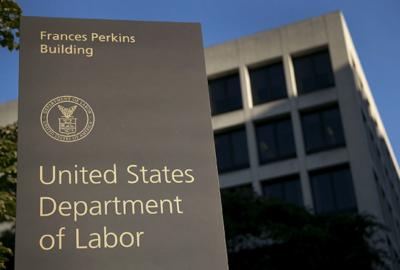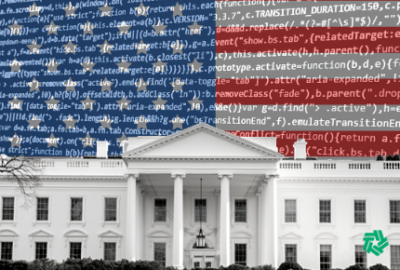
Two years after creating a CDO position, Labor sending in extra resources
The Technology Modernization Fund board says the $9.6 million loan will help mission areas deploy resources more effectively.
Almost exactly two years ago, the Labor Department created its first chief data officer and data board to comply with the Foundations for Evidence-Based Policymaking Act of 2018, which included the Open, Public, Electronic, and Necessary Government Data Act (OPEN Government Data Act).
Scott Gibbons, Labor’s CDO, is finally getting some extra help nearly two years to the date of the agency creating his position.
Labor is receiving a $9.6 million loan from the Technology Modernization Fund to upgrade its enterprise data platform.
The board announced its first award of fiscal 2021 on March 12, which is its first loan since it gave $15 million to the Customs and Border Protection directorate at the Department of Homeland Security in July.
“With this first project approval of 2021, the TMF Board is reinforcing its commitment to invest in federal technology modernization initiatives that enable agencies to better deliver their services to the American public,” said Maria Roat, deputy Federal Chief Information Officer and TMF board member, in a release.
With the loan, Labor plans to improve availability and accessibility of its data to developers, journalists, researchers and other federal agencies. The board says this funding also will help mission areas deploy resources more effectively by gaining greater access to the department’s enterprise data sources, creating data management capacity and ensuring timely delivery of information to the DOL staff and customers in a secure manner.
Labor says on the TMF website that it faces data quality, consistency and availability issues which limit the department’s ability to use the information to drive performance improvements.
“The proposed DOL project will incorporate enterprise-standard predictive analytics and reporting capabilities into the DOL IT platform, implement enterprise data management capabilities and support an application programming interface (API) and public-facing data portal to transform how the DOL shares data, both internally and with the public,” the TMF website states. “This project will also support DOL’s mission areas and deploy resources in a manner which maximizes organizational performance. Furthermore, this project will enable DOL to integrate duplicative data services leading to reduced operations and maintenance and human capital expenses associated with maintaining them.”
Labor added the loan will help it accelerate this enterprise approach to improving data quality and expanding the number of data sets available internally and to the public.
Over the next two years, Labor says it will build an essential foundation and better enable an evidence-based decision-making approach across enforcement, compliance, unemployment insurance and other DOL mission areas.
The enterprise data platform is part of the broader modernization effort across Labor that includes more consolidation and centralization of common platforms and services.
This is Labor’s second TMF loan as well. It received a $3.5 million loan in 2018 to improve its Foreign Labor Application Gateway (FLAG) system, which replaced the previous system used to certify temporary work visas, resulting in the creation of a digital boarding pass to easily share information across federal agencies, save costs and streamline the overall process.
The loan to Labor kicks off what many believe will be a busy 2021 for the TMF Board. The board is slated to receive $1 billion from the American Rescue Plan, which will be 10 times more money than it ever received before.
Over the last three years, the board has loaned out more than $125 million to 11 modernization projects across the government. Since 2018, the board received $175 million in funding so it still has $50 million to loan out on top of the $1 billion it just received from Congress.
Copyright © 2025 Federal News Network. All rights reserved. This website is not intended for users located within the European Economic Area.
Jason Miller is executive editor of Federal News Network and directs news coverage on the people, policy and programs of the federal government.
Follow @jmillerWFED
Related Stories

Technology Modernization Fund on track to receive biggest pay day ever





